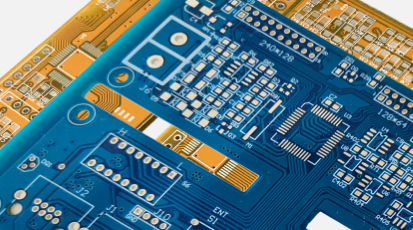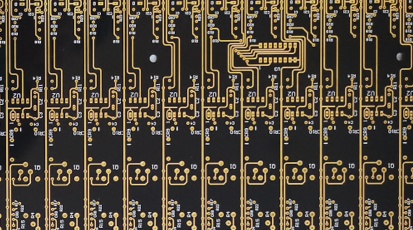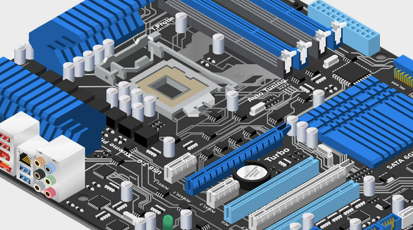HASL Lead vs Lead Free and Comprehensive Surface Finish Capabilities
By:PCBBUY 07/30/2025 15:58
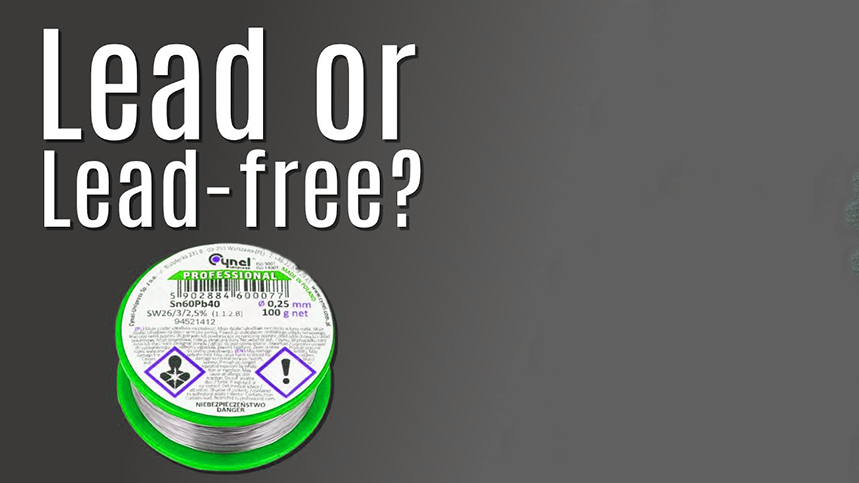
Introduction
Hot Air Solder Leveling (HASL) is one of the most widely used surface finishes in PCB manufacturing. It ensures solderability, protects copper pads, and maintains reliability during component assembly. At PCBBUY, we offer both lead-based HASL and lead-free HASL, allowing our global customers to choose the optimal finish based on application requirements and compliance standards.
In this article, we explore the differences between HASL lead and lead free, their respective advantages, and how PCBBUY controls quality and finish thickness to meet stringent industrial and environmental expectations.
HASL Lead Finish: Traditional, Reliable, and Cost-Effective
HASL leaded finish uses a tin-lead alloy (typically Sn63/Pb37). The process involves immersing the PCB in molten solder and then using hot air knives to remove the excess, leaving a smooth and solderable surface.

Advantages of HASL Lead Finish
-
Proven technology with decades of industry use
-
Good solderability and wetting
-
Cost-effective for legacy and industrial applications
-
Suitable for through-hole components and large pads
Limitations
-
Non-RoHS compliant due to lead content
-
May not be suitable for fine-pitch SMDs
-
Higher environmental and health concerns
HASL Lead Free Finish: RoHS-Compliant and Environmentally Safe
Lead-free HASL replaces traditional tin-lead solder with tin-silver-copper alloys (e.g., Sn/Ag/Cu). The process remains similar but results in a more eco-conscious and compliant finish that aligns with modern global regulations such as RoHS and REACH.
Advantages of HASL Lead Free
-
Fully RoHS-compliant
-
Lower environmental and occupational risk
-
Accepted in global markets including EU, US, Japan
-
Enhanced compatibility with high-density PCB designs
Limitations
-
Slightly higher cost due to alloy composition
-
Marginally higher melting point (~217°C vs. 183°C)
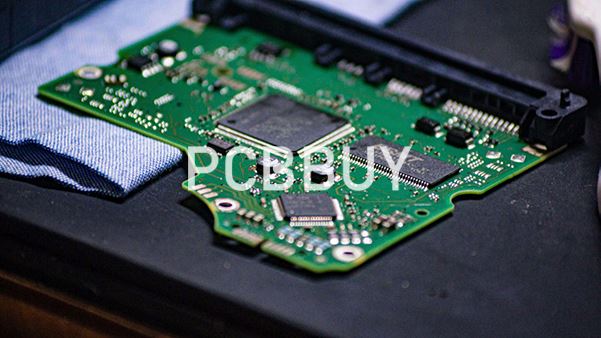
HASL Lead vs Lead Free: Technical Comparison
|
Feature |
HASL Lead (Sn/Pb) |
HASL Lead Free (Sn/Ag/Cu) |
|
RoHS Compliant |
❌ No |
✅ Yes |
|
Melting Point |
~183°C |
~217°C |
|
Solder Joint Reliability |
High |
Very High |
|
Cost |
Lower |
Slightly Higher |
|
Shelf Life |
Up to 12 months |
Up to 12 months |
|
Environmental Impact |
High |
Low |
|
Suitability |
Legacy Products |
Modern, Eco Markets |
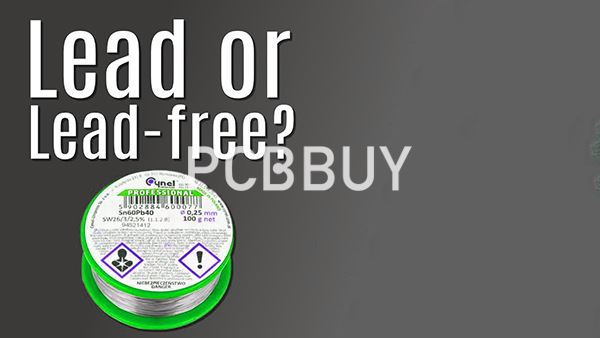
PCBBUY’s HASL Surface Finish Capabilities
At PCBBUY, we are committed to delivering high-precision PCB surface finishes that meet global quality and environmental standards. Our HASL and Lead-Free HASL capabilities include:
-
Thickness control range: 2–40μm
-
High solderability assurance through automatic solder testing
-
Inline AOI (Automated Optical Inspection) and X-ray testing
-
Production lines compliant with RoHS, ISO9001, and IATF 16949
-
Support for HDI, rigid-flex, and multilayer PCBs
-
Customizable alloy specifications per client request
Whether you require conventional Sn/Pb finishes or lead-free alternatives, PCBBUY can tailor the process to your application’s electrical, mechanical, and environmental demands.
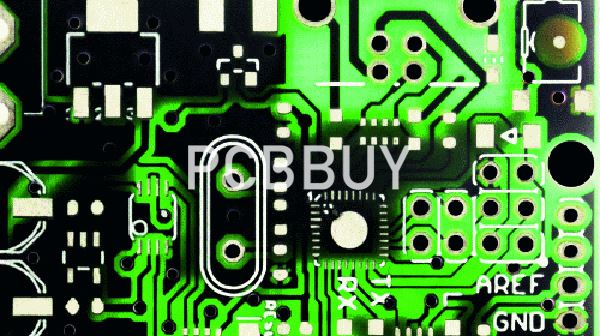
Application Recommendations: When to Choose Which
-
Use HASL Lead when:
-
Target markets or industries do not require RoHS compliance
-
Cost is a significant factor
-
Products have through-hole or large-pitch components
-
Use HASL Lead Free when:
-
RoHS/REACH compliance is required
-
Products are exported to EU, North America, or Japan
-
PCBs contain fine-pitch or sensitive components
Our technical team at PCBBUY is available to provide free consultation to help select the best surface finish for your project.
Conclusion
The choice between HASL lead vs lead free is not just about compliance—it's about aligning your PCB design with performance, environmental, and market demands. At PCBBUY, we ensure you get the right solution, whether you need robust traditional finishes or eco-conscious, regulation-ready lead-free options.
Partner with PCBBUY for reliable, high-quality, and compliant PCB finishes, backed by years of technical expertise and a strong focus on precision manufacturing.
Industry Category

